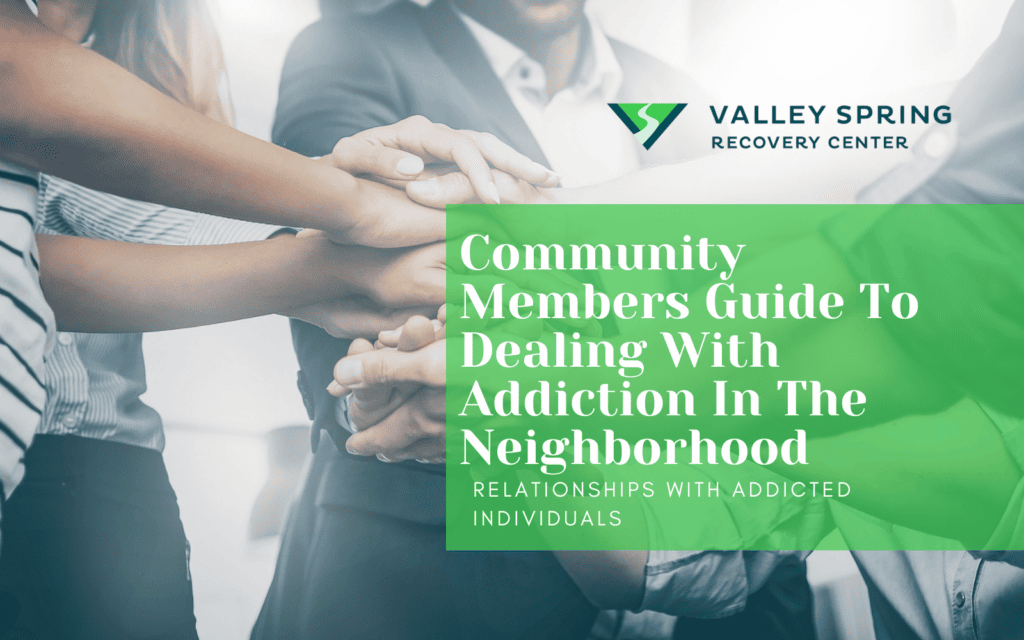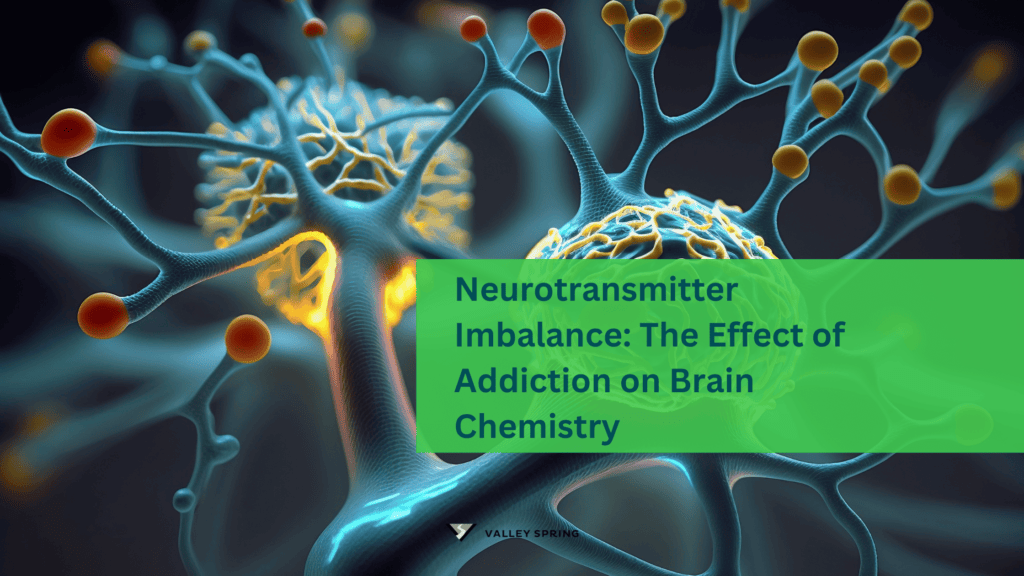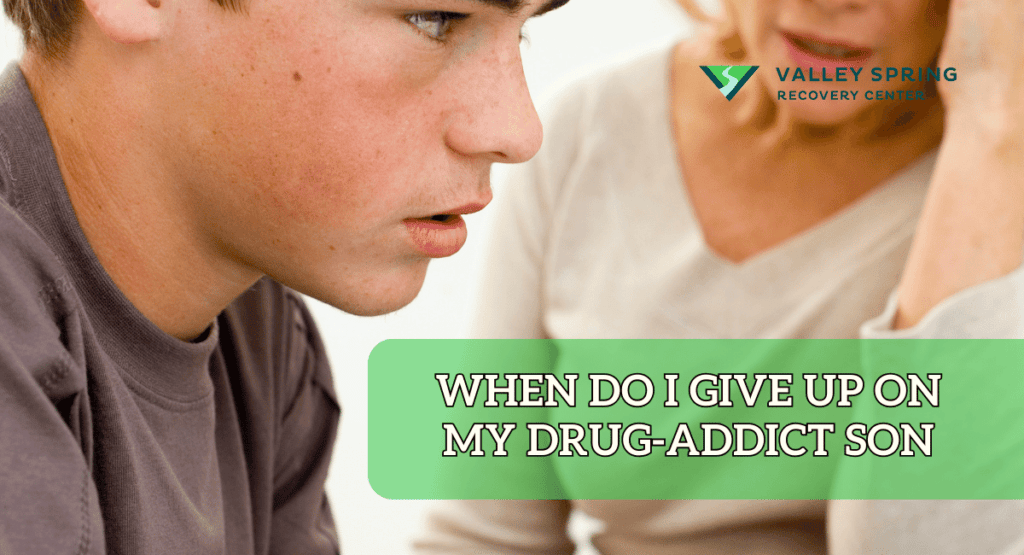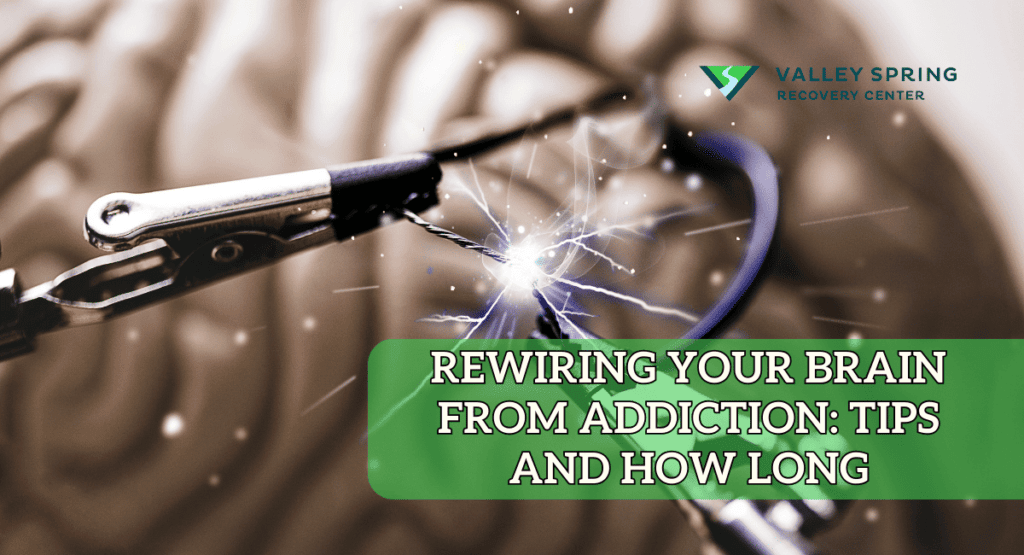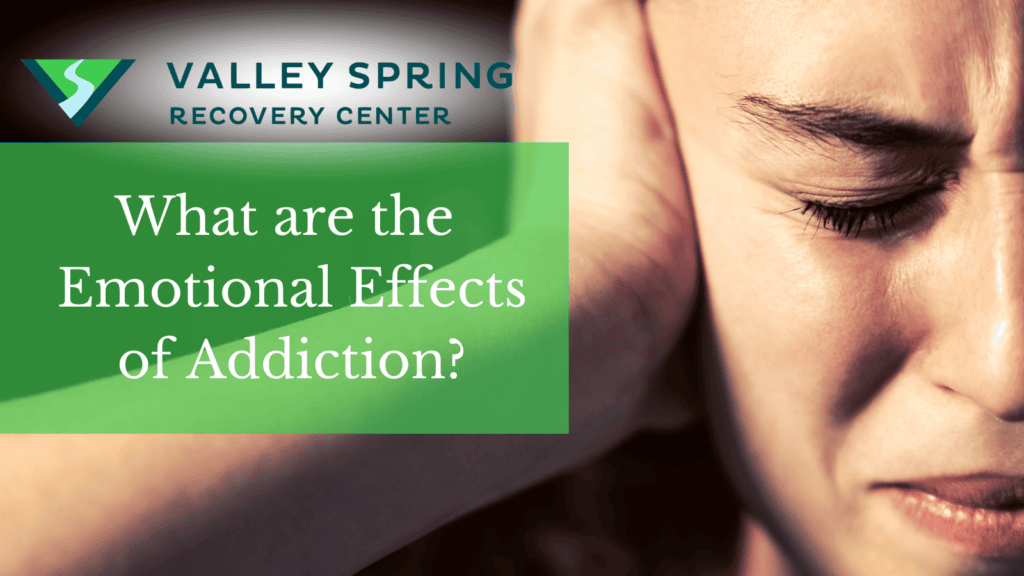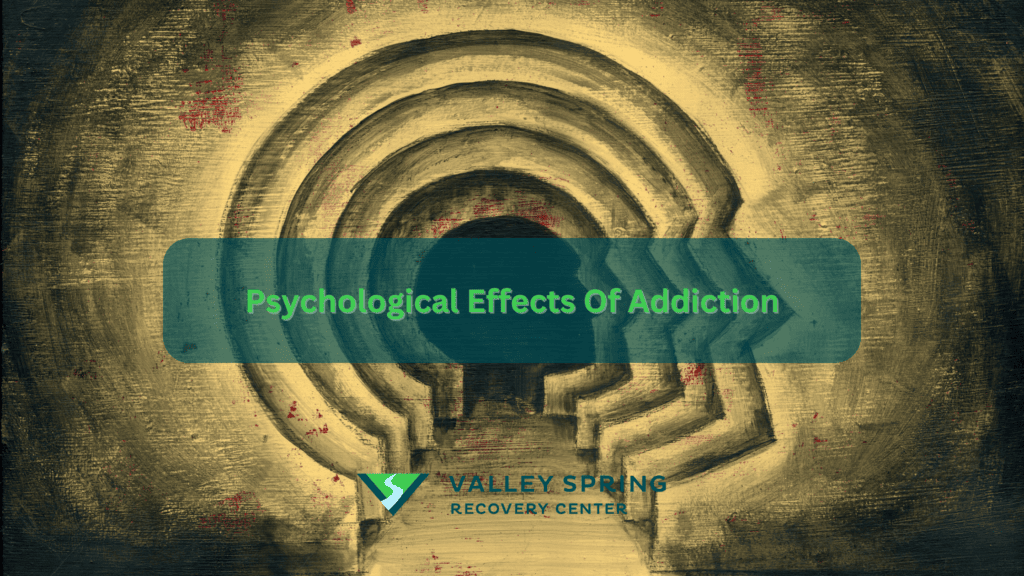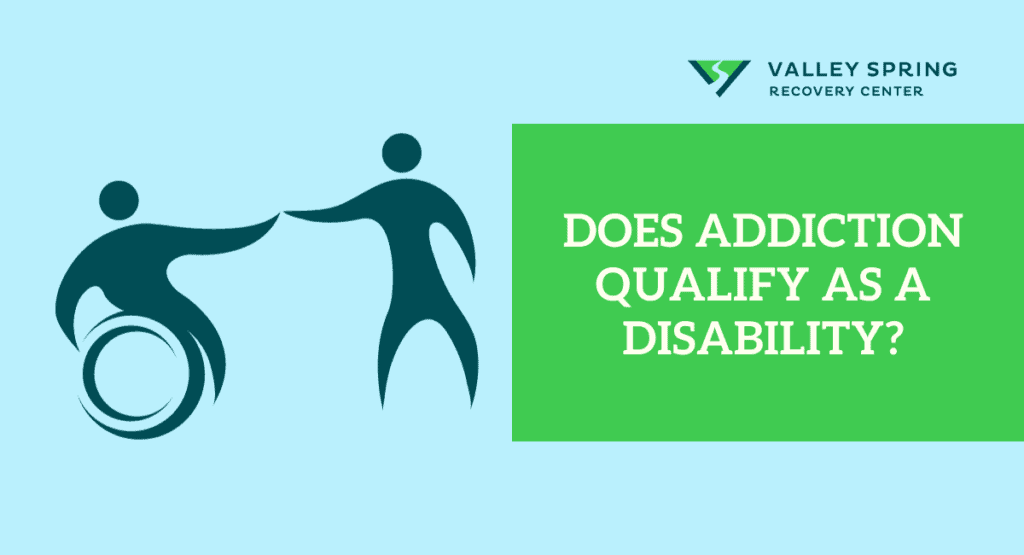You may think addiction can only affect people very close to the person suffering from substance abuse. Still, the truth is that its tentacles affect first reponders and communities and neighborhoods in very different ways, such as through car accidents, street insecurity, and increased healthcare costs. Neighbors of addicts are often affected by their behavior.
According to the National Highway Traffic Safety Administration (NHTSA), in 2020, around 11,654 individuals lost their lives in drunk driving incidents that were related to alcohol consumption. To put that into perspective, it means that almost one person dies every 45 minutes due to drunk driving. In addition to the fatalities caused by drunk driving, chronic liver disease and cirrhosis, both of which are attributed to alcohol consumption, were responsible for approximately 56,000 deaths in 2021, according to the CDC.
Addiction not only results in fatalities but also puts a significant burden on communities in terms of costs and risks to others. According to experts, drug abuse costs the United States over $740 billion annually, and this number is expected to increase in the future. This cost is incurred from various sources, including loss of productivity in the workplace, added stress to the healthcare system, and the cost of drug-related crimes. Thus, addiction is a costly disease that affects not only individuals but also society as a whole.
Addiction has a significant impact on our communities, and it is crucial to address it effectively. According to the Substance Abuse and Mental Health Services Administration (SAMHSA), one of the most effective ways to tackle addiction in the community is by implementing ‘community engagement’, “A process of developing relationships that enable stakeholders to work together to address health-related issues and promote well-being to achieve positive health impact and outcomes.”
The impact of addiction on communities and neighborhoods is pervasive, disrupting the social, economic, and cultural dynamics. Substance abuse, whether related to drugs or alcohol, and behavioral addictions like gambling can lead to a breakdown in social bonds and familial structures. This often causes strained relationships and fractured communities. Addicted individuals may neglect their responsibilities, contributing to social disintegration and leading to increased crime rates, healthcare costs, law enforcement expenses, and productivity decline among those affected.
What Are The Effects of Addiction On Communities?
Substance abuse and other compulsive behaviors can have a widespread and detrimental impact on the social fabric, well-being, and overall functioning of a community. This form of addiction can include the misuse of drugs or alcohol. When it comes to the effect on communities and neighborhoods, addiction can be a significant issue, leading to various negative consequences.
These are some of the effects of addiction on communities:
- Social Disruption: Addiction can cause social disruption, leading to family and community neglect, strained relationships, broken families, and community breakdown.
- Crime and Safety Concerns: Substance abuse can lead to a rise in crime rates, specifically drug-related offenses and thefts. Communities that have a high percentage of addiction may face safety concerns as the need for drugs could drive individuals to engage in illegal activities.
- Economic Impact: Communities can suffer economic consequences from addiction, such as increased healthcare costs, law enforcement expenses, and reduced productivity among affected individuals.
- Healthcare Burden: Communities struggling with addiction burden healthcare resources. Substance abuse can strain local hospitals and clinics.
- Educational Challenges: Families affected by addiction may struggle to provide stable environments for children, leading to disruptions in their education and development.
- Stigma and Discrimination: Communities dealing with addiction may face social stigma and discrimination, which can marginalize individuals and make it difficult for them to seek help and reintegrate into the community.
- Limited Opportunities: High addiction rates limit community development opportunities. Businesses may avoid areas with drug or crime problems, hurting economic growth and residents.
Who are the different community members affected by addiction?
Addiction deeply impacts various sectors of the community, creating challenges and demands across different fronts. Here are some of the key community members and groups affected by addiction:
- First Responders: Police officers, paramedics, and firefighters frequently respond to emergencies involving substance misuse, such as overdoses, accidents under the influence, and other drug-related incidents. These situations place a high emotional and physical toll on first responders, often leading to stress and burnout.
- Employers: Businesses feel the impact of addiction through decreased productivity, increased absenteeism, higher healthcare costs, and workplace accidents. Employers must manage the delicate balance between supporting employees struggling with addiction and maintaining a safe, productive work environment.
- Healthcare Workers: The effects of addiction on healthcare workers – Doctors, nurses, and mental health professionals deal with the direct health consequences of addiction. This includes treating overdoses, providing long-term treatment for addiction, and addressing the myriad health complications that arise from substance abuse. The burden on the healthcare system is significant, requiring a vast amount of resources and specialized care.
- Educators: Teachers and school administrators face challenges when students or their family members are battling addiction. They must address behavioral issues, provide support and counseling, and sometimes intervene in crises, all while trying to maintain a conducive learning environment.
- Social Services: Addiction increases the demand for social services, from child welfare interventions and family support services to housing and employment assistance. Social workers are often on the front lines, helping to mitigate the effects of addiction on families and individuals.
- Local Businesses and Economies: The economic impact of widespread substance abuse can be profound, affecting local businesses through lost productivity and increased crime. This can deter new investments and lower the overall economic vitality of affected areas.
- Families and Friends: While not community members in the professional sense, the social network around individuals with addiction, including families and friends, experiences considerable emotional and sometimes financial strain.
| Community Members | Impact of Addiction | Challenges Faced | Mitigation Strategies |
|---|---|---|---|
| First Responders | Frequent emergency responses to overdoses and accidents related to substance misuse. | High emotional and physical toll, increased stress and risk of burnout. | Implement stress management programs, provide mental health support, and offer training in handling addiction cases. |
| Employers | Decreased productivity, increased absenteeism, higher healthcare costs, workplace accidents. | Balancing support for employees with addiction while maintaining a safe, productive work environment. | Develop clear policies on substance abuse, create support and rehabilitation programs, promote a healthy workplace culture. |
| Healthcare Workers | Direct treatment of health consequences from addiction, including overdoses and related complications. | Managing a high volume of patients, providing specialized care, dealing with resource constraints. | Increase resources for addiction treatment, offer continuous training on addiction care, enhance patient management systems. |
| Educators | Behavioral issues, providing support and counseling, intervening in crises. | Maintaining a conducive learning environment while supporting students affected by addiction. | Provide professional development on addiction issues, establish strong support systems in schools, engage with parents and communities. |
| Social Services | Increased demand for child welfare, family support, housing, and employment assistance. | Handling increased caseloads, providing comprehensive support to individuals and families. | Strengthen community outreach programs, increase staffing and training, collaborate with other agencies for holistic support. |
| Local Businesses and Economies | Economic downturn due to lost productivity and increased crime. | Attracting investments, maintaining economic vitality in areas affected by addiction. | Engage in community recovery programs, support local law enforcement efforts, invest in community health initiatives. |
| Families and Friends | Emotional and financial strain due to the addiction of a loved one. | Managing personal stress, providing support, and seeking help for the addicted individual. | Access family therapy, participate in support groups like Al-Anon, use community resources for addiction help. |
Each of these groups faces unique challenges related to addiction, and their efforts to manage these challenges are critical to the overall health and stability of their communities. Effective responses often require coordinated efforts across multiple sectors, comprehensive support systems, and community-based interventions tailored to the specific needs of the affected areas.
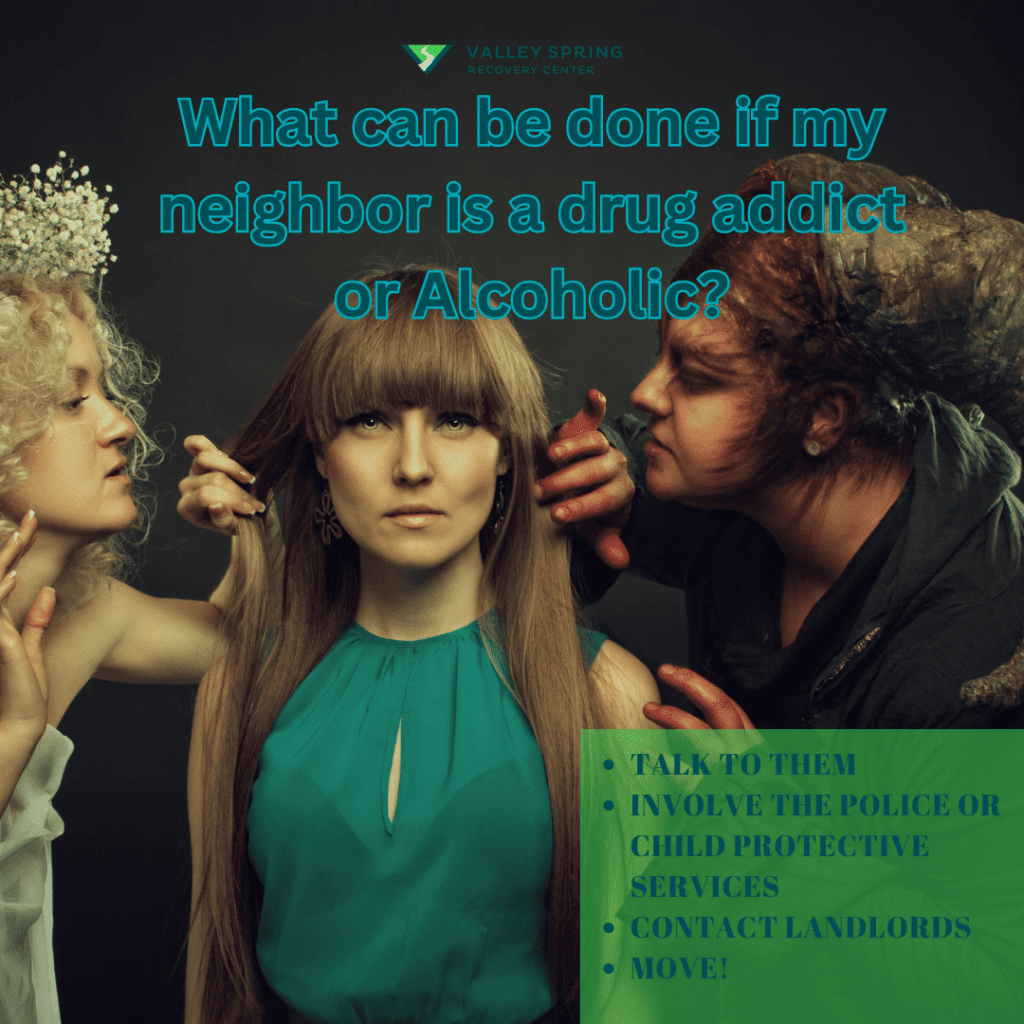
What can be done if my neighbor is a drug addict or Alcoholic?
If your neighbor is struggling with drug addiction, there are several steps you can take:
- Ensure Your Safety: Always prioritize your safety and the safety of your family. If you feel that the neighbor’s behavior poses a risk, take necessary precautions.
- Avoid Confrontation: Confronting a person about their addiction can be unpredictable. It’s usually best to avoid direct confrontation, especially if you’re not close to them.
- Offer Support: If you have a good relationship with your neighbor, consider expressing your concern in a non-judgmental way and offer to help them find professional support or resources.
- Contact Authorities if Necessary: If you suspect illegal activities or there’s an immediate danger to yourself or others, it may be necessary to contact law enforcement or emergency services.
- Seek Advice: Consider seeking advice from local community services or addiction support groups on how to handle the situation.
- Maintain Privacy: Respect your neighbor’s privacy by not gossiping or spreading information about their situation.
- Community Resources: Encourage or facilitate access to community resources like local drug rehabilitation centers, counseling services, or support groups.
Remember, while you can offer support, the decision to seek help and change must ultimately come from the individual with the addiction.
Which Demographic Groups Are More Affected By Addiction?
The LGBTQ+ Community
Compared to the overall population, the LGBTQ+ community is more vulnerable to addiction because of the numerous sociocultural issues they face. Members of the LGBTQ+ community also experience discrimination from society in the form of hate crimes, physical and emotional abuse, rejection or embarrassment from family or friends, and discriminatory laws enacted by the government, in addition to the stigma associated with addiction. As a result, LGBTQ+ people frequently use alcohol or drugs as a kind of self-medication.
As per the 2018 National Survey on Drug Use and Health (NSDUH), individuals who identify as LGBTQ+ have higher rates of drug and alcohol abuse compared to those who identify as heterosexual. The survey discovered that while only 16% of heterosexual adults (aged 18 and above) reported using marijuana in the last year, more than 37% of LGBTQ+ individuals reported the same. Fortunately, there is an increasing number of treatment centers nationwide that cater specifically to the unique needs of the LGBTQ+ community.
Seniors
Substance abuse among the elderly, especially alcohol and prescription drugs, is an escalating health issue in the US. It often goes unnoticed and underestimated. Seniors may turn to substance abuse due to various reasons like loss of income, death of a loved one, family conflict, or decline in physical or mental health. Over 1 million adults aged 65 and older are estimated to struggle with SUD. Fortunately, there are specialized substance abuse programs across the nation that offer counseling, case management, and family therapy to help them.
Medical Professionals
Substance abuse is a significant issue among medical professionals, including doctors and nurses, with estimates suggesting that over 100,000 individuals in the field may be affected. Unique challenges and stressors faced by medical professionals may increase the likelihood of drug and alcohol use. Consequently, several programs are designed to support medical professionals in their recovery from substance abuse while allowing them to maintain their licenses and continue practicing.
Veterans
Veterans, like medical professionals, confront several specific obstacles that the general population does not. Unfortunately, this implies that many veterans have both mental health and substance abuse issues. Post-traumatic stress disorder (PTSD) affects over 500,000 veterans who served in the last 13 years, according to data collected by the United States Department of Veterans Affairs (VA). Over 20% of those 500,000 are estimated to have an SUD. Rehab clinics for service members frequently use a dual diagnosis approach to address these co-occurring illnesses, giving patients the best opportunity to return to calm civilian life successfully.
The Homeless
The US had almost 590,000 homeless individuals in 2020. This figure has increased considerably recently, especially among younger age groups. Regrettably, substance abuse and homelessness often go hand in hand.
According to The National Coalition for the Homeless, 38% of the homeless population is addicted to alcohol, and 26% are addicted to other illegal narcotics. Furthermore, estimates indicate that almost one-third of all homeless people have a mental disorder.
It is crucial to highlight that not everyone who uses drugs or alcohol becomes homeless; instead, those who are homeless are considerably more likely to develop an addiction. Fortunately, numerous government programs and rehabilitation centers are dedicated to assisting our homeless people.
What Is The Best Practice Community Members Can Employ When Dealing With Addiction in the Neighborhood?
According to SAMHSA, one of the best ways to address addiction in the community is by implementing community engagement. As per the World Health Organization (WHO), community engagement is “a process of developing relationships that enable stakeholders to work together to address health-related issues and promote well-being to achieve positive health impact and outcomes.”
Substance use prevention can be improved by building trust and relationships within the community. This can be achieved through community engagement, which facilitates the implementation of evidence-based practices (EBPs), selecting relevant EBPs, adapting them to meet the community’s needs, and increasing their sustainability. The literature review suggests that community engagement is a critical factor in supporting substance use prevention, intervention, treatment, harm reduction, and recovery support services. In summary, the review concludes that:
- Community engagement begins with establishing an organizing group like a coalition or community advisory board. The first step in engaging with the community is to bring together people from different groups who care about the community. This is often done by forming coalitions with representatives from at least three other areas. These coalitions can also include community members not part of any specific organization.
- Community engagement typically involves a set of activities. The community must be involved at every step of the process to prevent problems before they happen. This includes assessing the situation, building skills and resources within the community, creating a plan of action, putting the plan into practice, and evaluating the results.
- In substance use prevention programs, it’s crucial to involve the community in the process. This means engaging with community members for a long time, even after the intervention has ended. Some programs have formed coalitions with community members beforehand, and many continue to involve community stakeholders continuously.
- Getting the community involved in behavioral health programs is important. Studies have shown that when the community is involved in planning and carrying out these programs, it can lead to positive results. While more research is needed to fully understand the impact of community involvement, many communities have already used this approach to create effective prevention programs based on evidence.
What are the Core Principals of Community Engagement, and How It Should Be Implemented?
Community engagement can take many forms and has the following core principles given by the Substance Abuse and Mental Health Services Administration:
- Transparency and trust: Through community engagement, everyone’s ideas are valued and considered. All participants’ thoughts and opinions are recorded and shared so everyone can be on the same page. By doing this, we can better understand stakeholders’ and community members’ needs, abilities, and objectives.
- Careful planning and preparation: Community engagement is planning for an issue that matters to people. People think about how to involve community members and stakeholders and meet the needs of participants. It’s important to keep reflecting on what works best to get everyone involved.
- Inclusion and demographic diversity: Working together as a community involves people from different parts of the community, including its leaders and members. They bring different experiences and knowledge that can help make the community better. This way, everyone’s voice is heard, and we can work towards creating a better community.
- Collaboration and shared purpose: Community engagement involves collaboration and equity among participants in achieving a shared goal, such as preventing substance use.
- Openness and learning: During community engagement, relevant data and ideas are collected to develop an informed plan to address issues.
- Impact and action: Getting involved in the community is about making a positive change and solving issues affecting people’s lives, like addiction. This kind of engagement is meant to help communities achieve their goals and improve things for everyone involved.
- Sustained engagement and participatory culture: Community members and stakeholders engage in ongoing communication, sharing resources and information to enhance outcomes and community capacity.
What Effective Strategies Can Be Employed Through Community Engagement to Adress Addiction?
- Establishing an Organizing Group: Form a coalition or community advisory board that includes representatives from diverse sectors within the neighborhood. This group is a focal point for collaboration and ensures a broad spectrum of perspectives.
- Building Trust and Relationships: Foster trust within the community by developing relationships among stakeholders. This foundation of trust is essential for successful community engagement and is instrumental in addressing addiction collectively.
- Implementing Evidence-Based Practices (EBPs): Utilize evidence-based practices in substance use prevention. This involves selecting relevant EBPs, adapting them to meet the neighborhood’s specific needs, and ensuring their sustainable implementation.
- Continuous Community Involvement: Involve the community at every stage of the process, from assessing the situation and building skills to creating an action plan, implementation, and evaluation. Continuous participation helps prevent problems and enhances the effectiveness of addiction prevention initiatives.
- Forming Inclusive Coalitions: Encourage the formation of coalitions that include representatives from at least three different areas within the community. Inclusivity ensures a comprehensive approach to addressing addiction and promotes a sense of shared responsibility.
- Long-Term Engagement: Extend community involvement in substance use prevention programs beyond the intervention period. Maintain ongoing engagement with community members and stakeholders to ensure sustained support and positive outcomes.
- Community Education Programs: Implement educational initiatives to raise awareness about the consequences of addiction, available resources, and preventive measures. Knowledgeable communities are better equipped to address and prevent substance abuse.
- Cultivating Community Resources: Identify and build upon existing resources within the neighborhood, such as community centers, schools, and support services. Strengthening these resources enhances the community’s ability to address addiction effectively.
- Encouraging Responsible Media Practices: Work with local media outlets to promote responsible reporting on addiction-related issues. Responsible media practices help reduce stigma and encourage open conversations within the community.
- Promoting Peer Support Programs: Establish peer support programs that provide a network for individuals dealing with addiction. Peer support fosters community, reduces isolation, and encourages those affected to seek help.
- Advocating for Policy Change: Engage in advocacy efforts to influence addiction prevention, treatment, and recovery support policies. Community-driven advocacy can lead to systemic changes that benefit the neighborhood.
- Celebrating Success Stories: Share success stories of individuals who have overcome addiction within the community. Positive narratives inspire hope, reduce stigma, and emphasize that recovery is achievable.
By implementing these effective strategies through community engagement, neighborhoods can create a supportive and collaborative environment to address addiction comprehensively.
How Can I Establish an Organizing Group To Address Addiction Through Community Engagement?
When establishing an organizing group for community engagement to address addiction, it is vital to begin by identifying stakeholders from diverse sectors. Look for community leaders, healthcare professionals, educators, law enforcement, religious leaders, and concerned residents. To understand the specific challenges in your community, conduct a needs assessment. Then, host an information session to share addiction-related data and stories. Personally invite key individuals and form a steering committee initially to guide the group’s formation.
To ensure the success of a group that addresses addiction and promotes community well-being, it is essential to take several key steps. First, clearly define the group’s purpose and goals, and establish regular meeting times to keep everyone on track. Additionally, create an open communication environment where everyone feels comfortable sharing their thoughts and ideas.
It’s also important to establish roles within the group, reach out to community organizations to expand your reach and promote inclusivity to ensure everyone feels valued and heard. Collaboratively develop an action plan that outlines specific steps the group will take to address addiction and promote community well-being.
Finally, emphasize the importance of ongoing commitment to the cause, and celebrate small successes to build momentum and keep everyone motivated. By working together and following these key steps, your group can make a real difference in the lives of those struggling with addiction and the community as a whole.
What are Evidence-Based Practices (EBPs) That Can be Implemented Through Community Engagement?
Practical strategies for community engagement in addressing addiction include implementing evidence-based practices (EBPs) such as community-based prevention programs, school-based initiatives, and the formation of community coalitions. Additionally, screening and brief interventions in healthcare settings, community-based treatment programs, and peer support initiatives have proven helpful. In addition, training law enforcement in crisis intervention, implementing evidence-based media campaigns, and providing community education are valuable strategies.
It is crucial to advocate for policy changes, participate in community-based research, and utilize the Community Reinforcement and Family Training (CRAFT) approach to effectively combat addiction in the community. These practices help ensure a comprehensive and informed approach to addressing substance abuse within the community and are evidence-based methods for engaging with the community in this fight.
What Are Peer Support Programs or Groups?
Peer support programs are available in many different forms. For many years, drug and alcohol treatment programs have used peer support as an effective tool to help individuals recover from addiction. Peer support leverages the influence of social groups to help people overcome addiction. One popular example is Alcoholics Anonymous, which is a group that provides support to people struggling with alcohol addiction. Narcotics Anonymous is another similar group that provides social support to people in addiction treatment.
What Other Types Of People Are Affected By Addiction?
- Family Members: The emotional and financial strain can significantly impact spouses, children, siblings, and extended family.
- Friends and Social Circles: Friends may experience stress, concern, and the disruption of social dynamics due to the addictive behaviors.
- Co-Workers and Employers: Addiction can lead to decreased productivity, increased absenteeism, and can strain workplace relationships and morale.
- Healthcare Providers: Healthcare Providers are often affected by addiction and face challenges in providing care and managing the health complications associated with addiction.
- Community and Society: Addiction can contribute to societal issues like increased healthcare costs, crime, and loss of workforce productivity.
- Law Enforcement and Legal System: They are often involved in cases where addiction leads to legal issues or criminal activities.
- Educational Institutions: Teachers and classmates can be affected by the behavioral and attendance issues of those struggling with addiction.
Ben Fisher
All author postsShare This Post

